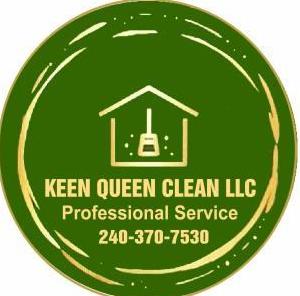For those who manage a warehouse facility, it can be difficult to keep up with proper cleaning and sanitizing. However, a clean warehouse should be number one on your priority list for several reasons, like keeping workers healthy and happy as well as ensuring the quality of your products is unaffected by potential contamination. If staying on top of warehouse sanitation is too much of a burden on you and your workers, a commercial cleaning service can help.
Why is Warehouse Cleaning Essential?
While warehouses are often used to store items or products before they get shipped out, keeping them clean is critical. Proper sanitation and cleaning protocols will protect products from gathering dirt and dust, and the potential of bacteria, mold, and mildew growth in case of a leak. Not only does routine cleaning keep your products safe, but it also protects your workers from bacteria, viruses, and other potential health hazards by ensuring that surfaces are properly disinfected using hand-on application of disinfection products.
Irregular maintenance can also impact daily workflow, leaving you with less productive workers and a dirty facility. Having a clean space to work helps boost productivity, keeps employees safe, and can lead to higher job satisfaction across the board. Make sure that your employees know how to efficiently clean and sanitize their workspace or rely on cleaning experts who can do the cleaning for you. They will be able to address your unique needs with the know-how needed for your specific industry.
What is The Difference Between Sanitizing and Disinfecting a Warehouse?
These terms are often used interchangeably, and it’s true—they are similar in theory. However, there is a difference between sanitizing and disinfecting that anyone responsible for warehouse cleaning should know.
What is Sanitization?
Sanitizing kills bacteria on surfaces by using chemicals in products that have been registered by the EPA. They are not intended to kill viruses¹. Sanitation is less thorough than disinfecting, but it kills bacteria quickly. It’s more commonly used in the food industry, due to the FDA instilling requirements that all food-contact surfaces must be sanitized after use. Remember, it’s considered to be more of a quick-fix solution that will kill bacteria quickly when used as a regular part of your cleaning routine.
What is Disinfection?
Disinfectants kill viruses and bacteria on surfaces by using chemicals in products that have been registered by the EPA¹. For those who don’t work at a healthcare-related business, like a warehouse, disinfectants may be used to work in tandem with cleaning and sanitizing to kill unwanted germs that can spread to people and products.
Clean Warehouse Sanitation Checklist
To ensure that your warehouse facility is being properly cleaned and sanitized on a routine basis, Keen Queen Clean has put together a Sanitation Checklist that can be used for daily, weekly, biweekly, monthly, and biannually warehouse upkeep.
Separating out lists for different tasks will help to maintain a clean and safe environment. While you most likely take out the trash every day, you probably don’t rotate products and clean behind the shelves daily. Having separate lists for different tasks will help you stay organized.
A daily warehouse sanitation checklist could include the following:
- Sweep and mop the warehouse floor.
- Take out the trash and recycling in both the bathrooms, kitchens, and areas where product is unpackaged.
- Clean and sanitize the employee bathroom.
- Wipe down all heavily trafficked areas like countertops, machinery, and doorknobs
- Wipe down all heavily used equipment, like forklifts.
It’s also advisable to implement a “clean as you go” rule for warehouse workers to take care of new messes as they happen.
A monthly warehouse sanitation checklist could include the following:
- Sanitize and inspect floors throughout the warehouse.
- Pull pallets and rotate products on shelves.
- Clean breakroom refrigerators and throw away expired or uneaten food.
- Check for leaks, mold, and mildew.
- Wipe down windows and dust/clean blinds.
- Clean under units and shelving.
- Power wash walkways, steps, and landing docs.
A manager or worker in a warehouse should be able to quickly create these checklists, and more tasks can be added as the routine cleaning process is implemented.
